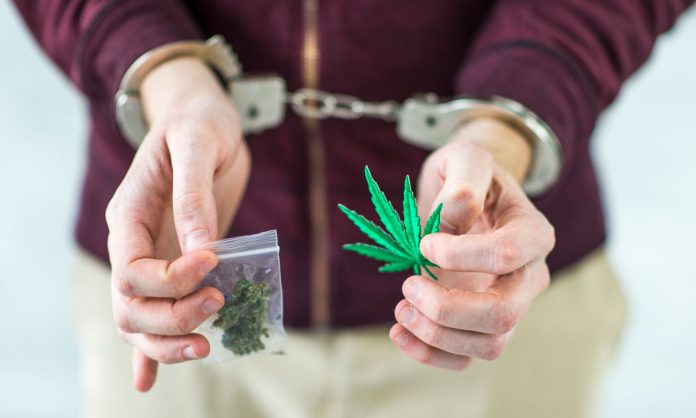California’s hopes of reinvigorating the state’s longtime “compassion programs,” which for decades provided medical cannabis to the sick for free, now rest in the hands of Gov. Gavin Newsom.
The bill in question, SB-34 or the “Dennis Peron and Brownie Mary Compassionate Care Act,” would create a mechanism to exempt compassionate cannabis programs from the hefty cultivation and excise taxes that the state started levying on all cannabis producers under new adult-use regulations in 2018. It would also allow licensed retailers and delivery services to facilitate donation programs for medical patients.
Under SB-34, the cannabis donated to medical patients would still face all the other burdens that marijuana products in California face, such as being in the track-and-trace system and passing strict lab testing standards. However, operators of those compassionate cannabis programs say the bill is a good start towards making their operations more feasible again. The programs currently have to pay about 25% taxes, despite the fact that they bring in no revenue.
The bill passed the California State Assembly and State Senate in early September. The vote was unanimous in both houses. The bill has now sat on the governor’s desk for over two weeks. Newsom has until mid-October to either sign the bill into law or veto it.
“We don’t know what the Governor will do, but we are making a strong case to him that SB 34 is critical to ensure people can continue to access their medicine,” the bill’s sponsor, Sen. Scott Weiner, told Cannabis Now in a statement. “Without a tax exemption, compassion programs will continue to shut down, and low-income people will either not get their medicine or be forced onto the illicit market. We need to ensure access.”
Last week, Wiener joined San Francisco medical cannabis activists at one of the greatest landmarks of the medical marijuana movement: Dennis Peron’s Castro Castle, where activists worked to pass California’s medical marijuana law, Proposition 215, back in 1996.
As Weiner took the mic, a small dog started barking with the applause. Weiner told the dog to bark at the governor and get him to sign the bill.
“An entire generation of activists” risked their own safety to provide medicine to people who were getting sick and dying of AIDS, Wiener told the crowd. “We owe them a huge debt of gratitude.”
Weiner went on to note that activists such as Dennis Peron and Brownie Mary, the bill’s namesakes, built the political momentum that led to legal cannabis. They did so by giving away cannabis to those in need for free, proving through generosity that they could not be equated to “drug dealers” and that cannabis could be healing.
Weiner said that he doubts any Californians who voted in favor of legalization realized they would be creating roadblocks to access to medicine for sick, low-income people.
The way California NORML explains how California’s compassionate programs came to face extinction: “Due to an oversight in how Proposition 64 [California’s adult-use legalization bill] was drafted, these not-for-profit donation programs that have been serving medical cannabis patients for decades are now being forced to pay taxes meant for businesses, which are forcing these charity programs to shut down.”
Cal NORML told Cannabis Now in an email they haven’t had any assurances that the governor will sign the bill and people should continue to contact his office.
Last year, a similar bill sponsored by Weiner passed both houses of the state legislature and landed on the desk of then-Gov. Jerry Brown. Brown vetoed the bill out of a concern that it would encourage illicit market distribution of cannabis.
One of the oldest compassion programs in the state belongs to its oldest dispensary, Berkeley Patients Group. BPG Vice-President Etienne Fontan has been a first-hand witness to giving sick people free marijuana for 20 years, but suddenly he says it’s harder than it’s been in a long time.
“We have dealt with years of setbacks post-Prop 64 for patients and the need for compassion is needed now more than ever,” Fontan told Cannabis Now. “We spent 20 years compassionately giving in our community and with cancer rates at 1 in 2, it’s a necessity for low-income patients in dire need, today.”
In reality, the delays in the governor’s signature are just making it harder for Fontan to provide for as many people as possible.
“We cannot await another politician’s cruelty, we need the governor to sign this legislation to put patients’ minds at ease so they can focus on their healing instead of worrying where they will have to go to find their medicine,” he said. “Berkeley Patients Group has the word ‘patients’ in the name for a reason and we will always stand for those who are most in need and we need the laws and politicians to reflect the will of the voters but also the compassion that Prop 215 was created for.”

